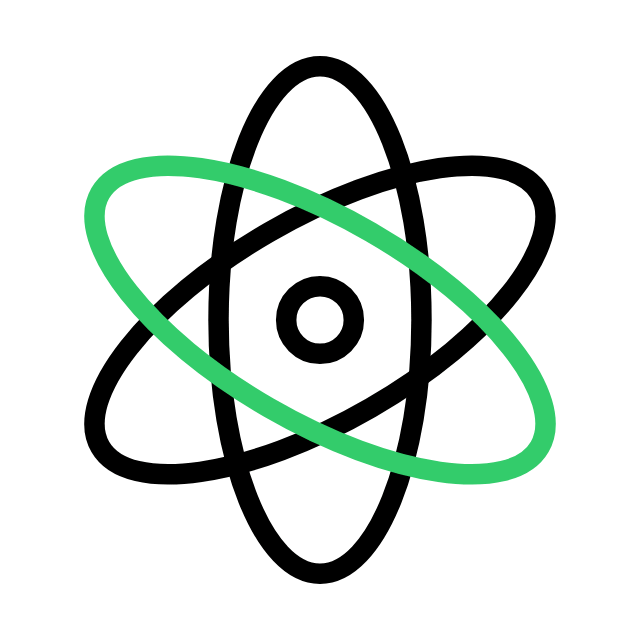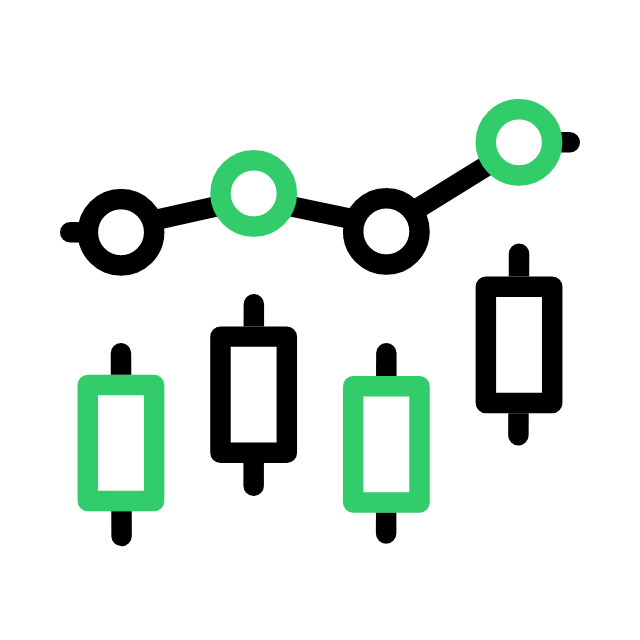
OPPORTUNITIES
FOR GROWTH
We make a difference in the world's lighting for agriculture
By leveraging years of knowledge and expertise in the lighting industry, we invented specialized lighting solutions to provide a holistic approach to horticulture, with the overall aim of increasing yield, lowering cultivation costs as well as overcoming seasonal, weather, and climate constraints.

Global pioneer and leader
Light Engine is a global pioneer and leader in advanced LED technologies. Through vertical integration, continuous investment in research and development, and superior manufacturing capabilities for customised production, Light Engine has established a proven track record for bringing the best quality products to the Global market.

Deep-rooted knowledge of crops
Light Engine is collaborating with the professional greenhouse and horticultural lighting researchers in the Netherland, a joint force to invent advanced light products with a specific spectrum that optimize crops yields.

Field-test in Organic Farm, California
Light Engine has an in-house organic farm in San Diego Terra Madre Garden in Southern California to test the optimal growth levels of different plants in terms of reliable and consistent yields and to determine the most effective spectrum for each growth phase.

International quality with commitment
Light Engine is committed to making your brand successful and to build together with you a mutual fruitful long-term cooperation, with international quality products and service.
The Future of Global Grow Light Market
According to a comprehensive research report by Market Research Future (MRFR), "Horticulture Lighting Marketing information by Technology, lighting Type, Cultivation, By Application, by Region - Forecast till 2027", the market size to reach USD 7,878.4 million growing at a compound annual growth rate of 16.41% by 2026. Global Grow Light Market was valued at USD2.3 billion and is expected to reach USD6 billion by 2025 and grow at a CAGR of 21.4% over the forecast period, 2021-2025.
Key factors driving the grow lights market growth include increasing government support for the adoption of solid-state lighting technology and controlled- environment agriculture (CEA) practices, growing investments in projects related to vertical farms and greenhouses, ongoing legalization of cannabis cultivation in different regions across the globe, and rising adoption of indoor farming in urban areas.

Revolutionizing agricultural industry by technologies
As the world's population number continues to soar, and most people now living in urban areas, the problem of providing healthy, affordable food for everyone will become an ever-increasing challenging. In order to feed this growing urban population, vertical farms could be potentially beneficial in increasing food production, maintaining high quality, safety, and contributing to sustainable food supplies. This means that horticultural lighting will become indispensable.
Smart Horticultural Lighting Solutions
LED lights are set to transform the horticulture industry by optimizing crop yields and costs in vertical farms. Light Engine’s LED horticultural lighting offers the opportunity to precisely control spectral composition with low heat emission and effective lighting output for years, without the need for frequent replacements.


LED delivers less heat and increases the overall saving

A “long lifetime” can be on average 35,000 hours.

LED saves up to 40% energy compared with traditional HID lighting.

Smart design with custom lighting and mechanical elements.

Growth with Photoperiods
Photoperiod refers to the amount of light provided to the plants in a period of 24-hours. By applying horticultural lighting solutions, we can change photoperiods to trigger the flowering or fruiting growth phase at any time. The horticultural lights that provide the correct spectrum within the Photosynthetically Active Radiation “PAR” correspond to the light intensities and light wavelengths that facilitate plant growth and optimize crop yields, thus overcoming the limitations of sunlight during the day.

Selected Spectrum for Optimum Growth


Spectrum for “PAR”
Both visible and invisible lights fall somewhere on a spectrum (measured in nanometers) and correspond to the wavelength of light. The particular spectrum band that we care about as indoor growers in the 400-700 nanometer range, also known as Photosynthetically Active Radiation, “PAR”. This refers to the wavelengths of light that plants can actually use for all of the processes related to photosynthesis. Within this band of light, there are sub-sections that plants use for specific purposes.

Light Intensity & Footprint
On top of the spectrum of light "PAR" for plant growth, the light intensity and footprint of the growth lights are also crucial to successful indoor cultivation. The intensity of the growth lighting can vary widely depending on the type of light and the way that we position the lights. The footprint of the growth light refers to how much surface area it covers. The further away the growth light is installed from the plants, the greater the footprint, but the lower the intensity. Picking a suitable growth light and getting the placement correct is a delicate balancing act between the heat output, intensity, and the overall footprint of the light.
Innovations in Agriculture & Poultry

Customized Spectrum. Optimizing Crops
Lighting is an essential element for plant growth. The most commonly used spectrum includes red (R), white (W), and blue (B) lights that are highly active for photosynthesis. The effect of R, W and B spectral components on plant physiology and biochemistry and resource use efficiency were studied during an experiment in a deep cycle hydroponic tray system.



